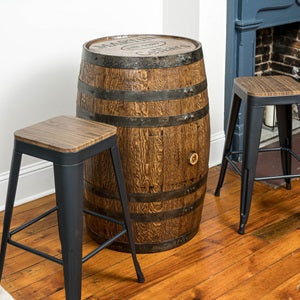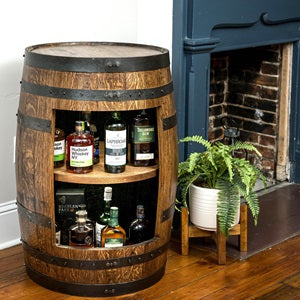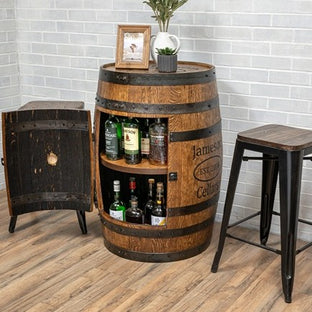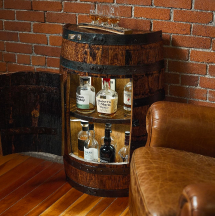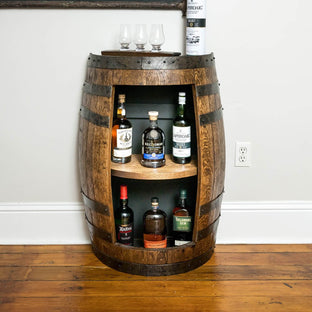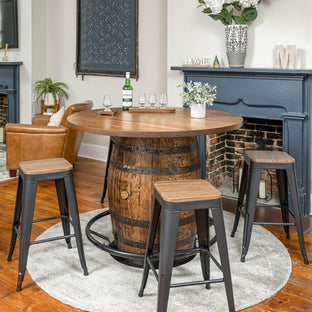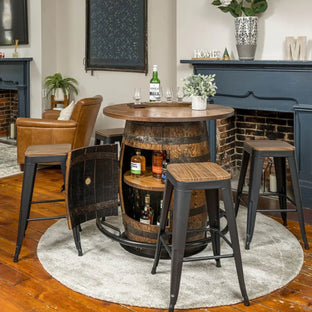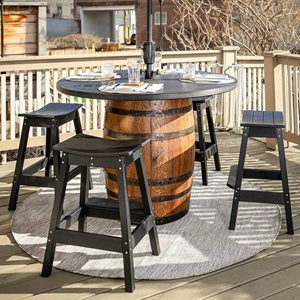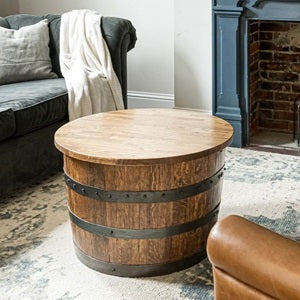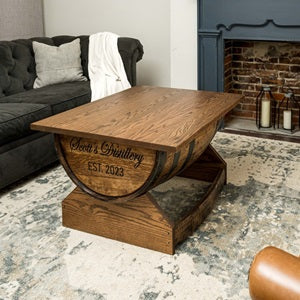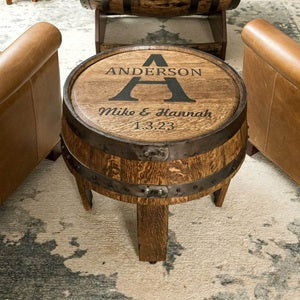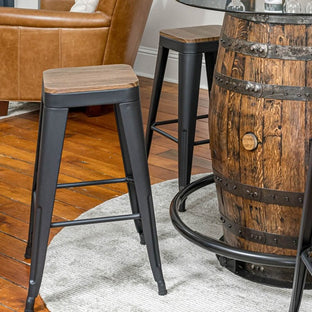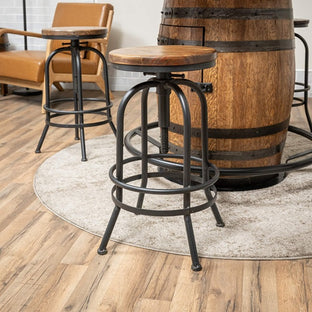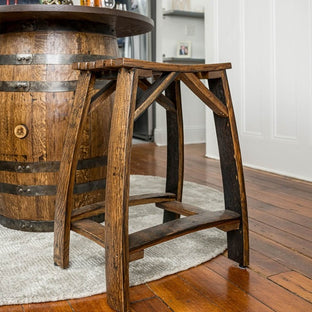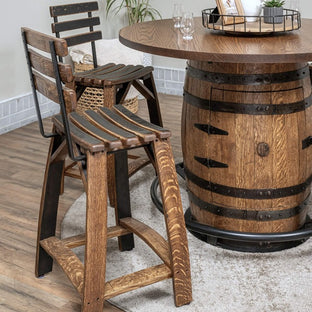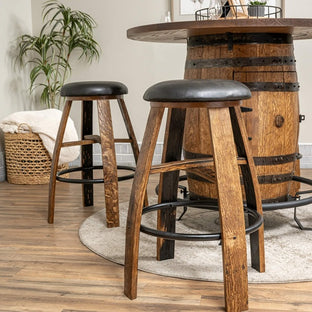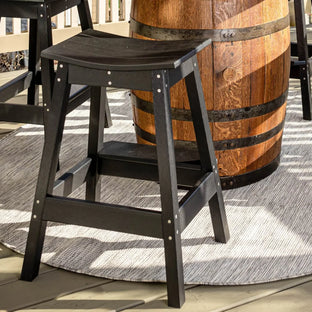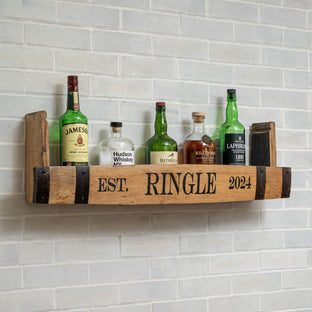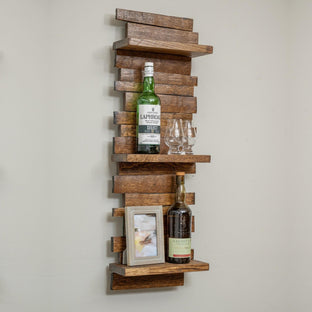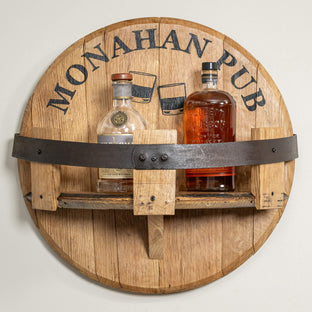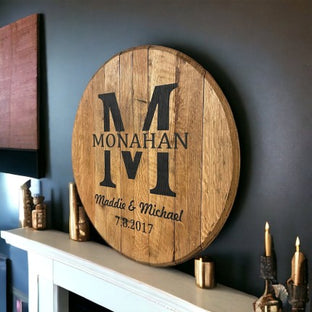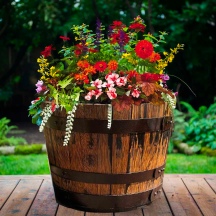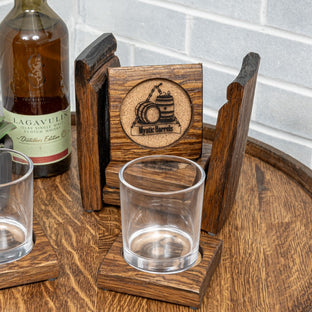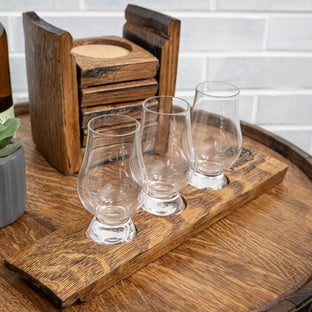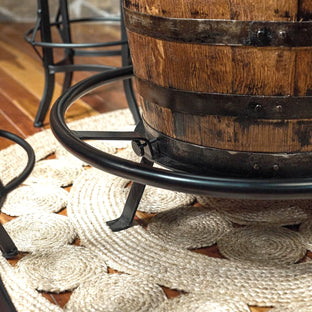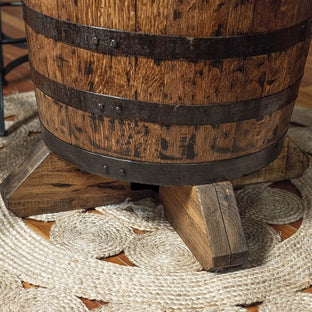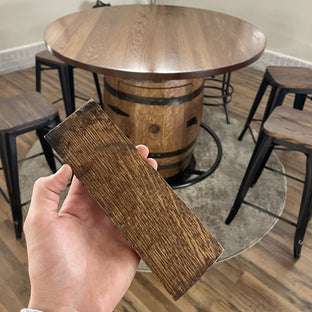Wooden barrels have been used for the storage and transportation of goods for more than 2000 years. The art of cooperage developed along with the evolution and growth of trade. Many ancient civilizations, such as the Egyptians, have been using and experimenting with open-ended reed and wood vessels that were held together using wood bands long before. Still, it wasn't until iron was refined that the crafting of wood barrels became reliable.
The Beginning of Barrels
It was the Celts who were credited with developing the barrel around the start of the first millennium. The Celts' ironworking and shipbuilding were essential in the development of today's modern barrel. Soon after that, the Romans worked to capitalize on the invention for storing their goods and then distributed goods and technology through huge trade routes.
The timing of this could not have been better for the wooden barrels. At this time, things were changing quickly in the trade industry, and the ceramic vessels used at this time were very fragile. On the other hand, wooden barrels were easy to handle and durable. The cylindrical shape featuring the bulge present in the middle helped to make the barrels easy to maneuver and roll.
Several external and internal treatments helped to add to how versatile the wooden barrels were, which made it possible to use them for an array of different goods. When barrels were used for transporting perishable liquids, such as beer or wine, for long journeys, the goods took on the flavor of the vessel. The flavor development is because of the interaction between the wood and the contents and the ability the wood had to breathe.
The Introduction of Spanish Involvement
Approximately 1500 years down the road, it was the Spanish who realized the big picture of society's dependence on cooperage as they prepared for the Spanish Armada. As tension between the English and Spanish grew on both territorial and religious matters, the Spanish started to stockpile important battle supplies.
At this point, they were stocking food, weaponry, and barrels. It was the barrels that were used for keeping various powder products, such as flour and black powder, dry, and for keeping preserved and pickled foods sealed. They were also used for storing wine and water. When the English were aware that the Spanish were planning on an attack, they began to patrol the Atlantic coast, finding several Spanish ships with supplies for war.
An Ongoing Growth and Use of Wooden Barrels
While barrels played a huge roll in the Spanish Armada, there wasn't too much competition for barrels until approximately 300 years down the road. With the development of advanced mechanization of paper and steel changed how people stored and transported goods. During this time, new materials were being developed to replaced barrels, while others were focusing on special machines to make them faster and for less money.
Today, barrels are widespread and used for an array of purposes. You can find them for several uses and more affordable prices than ever before.
